Autism spectrum disorder (ASD) is a developmental disorder that affects a person’s ability to communicate and interact with others. It is typically diagnosed in childhood and is characterized by a combination of social interactions problems, difficulties with verbal and nonverbal communication, and repetitive patterns of behavior. According to the DSM-5 which is a diagnostic manual for mental disorders, this condition includes the previously known autistic disorder, Asperger’s syndrome, childhood disintegrative disorder, and other developmental disorders not otherwise specified.
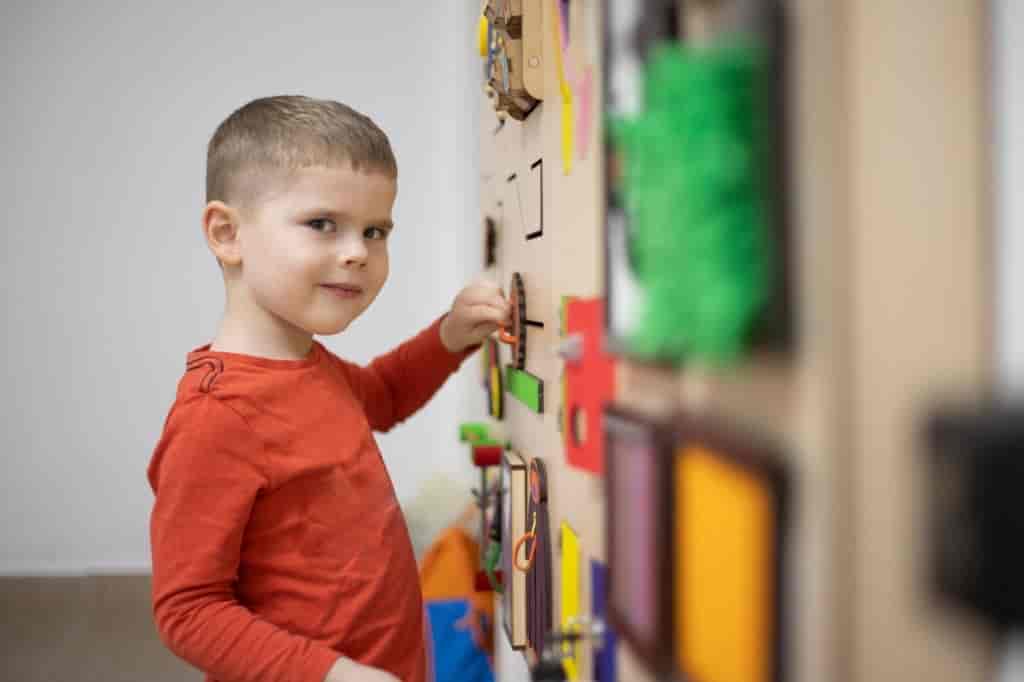
Approximately 1 in 54 children have been diagnosed with autism. Additionally, approximately 4 times as many boys as girls are diagnosed. Although still under investigation, the true cause of autism is not known.
Autism is typically diagnosed at a young age (at the age of 2 or even at 18 months). Regardless of the multiple diagnostic criteria for this condition, many patients are not correctly diagnosed until they reach adolescence or even early adulthood. Therefore, whenever a child has developmental delays or is at risk for mental health problems, parents should seek help from medical professionals as soon as possible.
Discover the 10 Signs every parent should look out for on the next page. it’s important to watch out for what could hurt our kid’s future and eliminate every risk.
1. Deficits in Social-Emotional Reciprocity

People with autism can have difficulty perceiving the world in the same way as typical people. Some might find things that are considered boring to be funny. The same is also true for things that are usually considered interesting.
Due to the unique way they perceive their environment, children may not appreciate the emotions of other people. Faced with strangers, most children smile at them as a normal developmental milestone, this doesn’t necessarily mean that they like that person. It is an evolutionary trait.
Children with Autism Spectrum Disorder (ASD) often lack the ability to reciprocate a smile. When they continue to lack this important social skill into adulthood, it can negatively impact their ability to relate to others.
2. Lack Of Eye Contact

Eye contact is a natural component of non-verbal communication. It is a way to signal to the other person that we are paying attention and that we are committed to social interaction. These feelings might be normal for some people, and can be overcome by a well-trained therapist. Many people are nervous or lack self-confidence around other people, and this can make it difficult to establish eye contact.
On the other hand, patients with autism spectrum disorder may find it difficult to maintain eye contact and engage in social interactions. Autism spectrum disorder is characterized by a lack of eye contact. This is not a confidence issue but rather a characteristic of autism.
3. Poor Adjustment To Social Context

Understanding social context is more important in today’s world than ever before. Many of us have lived for years without giving this topic any thought, but when we do, we realize just how necessary it is to know how to interact with others in a way that builds a lasting relationship or leads to opportunities.
Sarcasm is one of those aspects of social interaction that might be difficult for people with Asperger’s to understand. Individuals with Asperger’s may have trouble picking up on sarcasm and may need some assistance to understand jokes and puns. For example, they may have difficulty understanding and responding to phrases like “break a leg.
4. Repetitive Behaviors
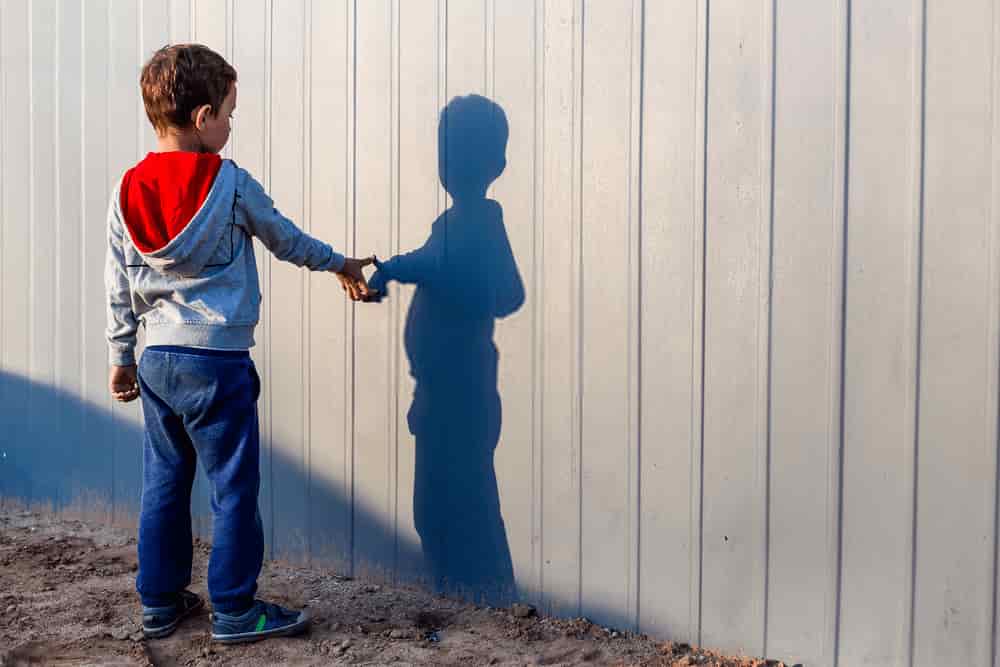
Repetitive behaviors are a key diagnostic criterion for autism spectrum disorder (ASD) seen in the DSM-5. Autism spectrum disorder is a serious developmental condition that can affect a child at any stage of development. Children with ASD may repeat certain behaviors such as repetitive movements or vocalizations. These behaviors can be dangerous and may cause self-harm, including banging their heads against a wall.
Another way that this sign might manifest is in verbal repetition. Autistic patients might repeat words or phrases constantly in conversation, as well as their favorite routines.
5. Fixed Routines

People with autism experience greater sensory sensitivity, which can be challenging for them in a wide range of ways.
People with ASD are known to have very specific routines that they adhere to, like organizing objects by color or lining up shoes in a certain pattern. Because of this, these routines can be very important to them and so they will do anything to ensure they are followed.
The routine a patient develops is often hard to change. However, something that has become an ingrained habit is often very difficult to change. If a person with autism cannot complete or perform their habitual routine, as usual, they can become irritated and even angry.
6. Fixed Interests
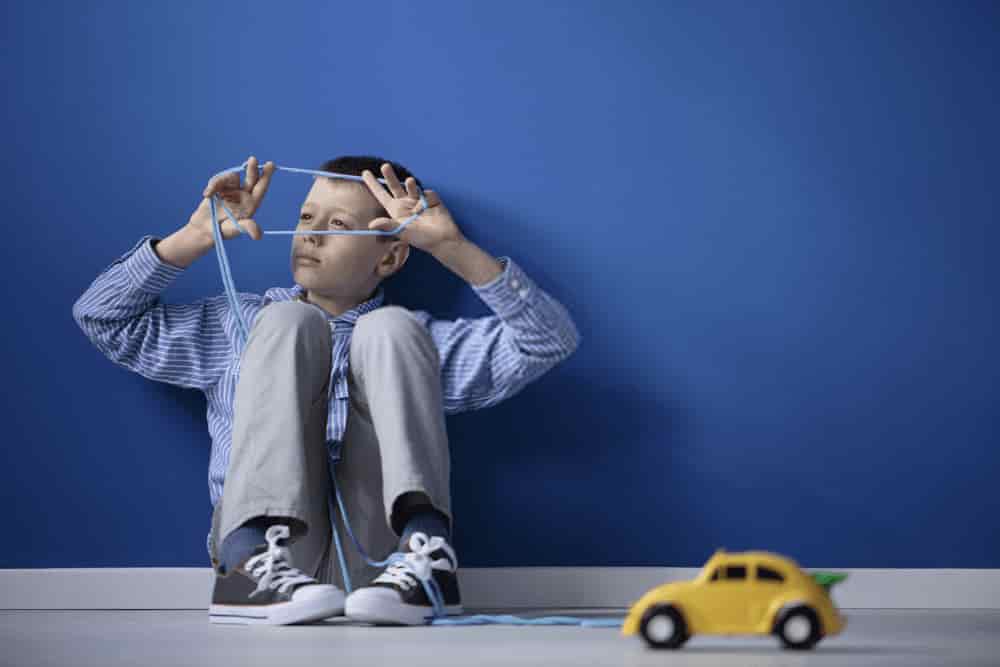
This is a common symptom of autism. It needs to be taken in stride and not cause undue concern for parents. Many people experience changes in their interests during their lifetime. These changes are normal and not something to be concerned about.
The autism spectrum disorder (ASD) is a collection of behaviors that can arise in people with intellectual disability — from mild to severe levels. People with ASD often have a hyper-focus on a particular area, and they can become obsessed with a specific thing or activity. If this fixation goes unchecked, it can interfere with an individual’s daily life and cause problems.
7. Abnormal Response To Sensory Stimuli
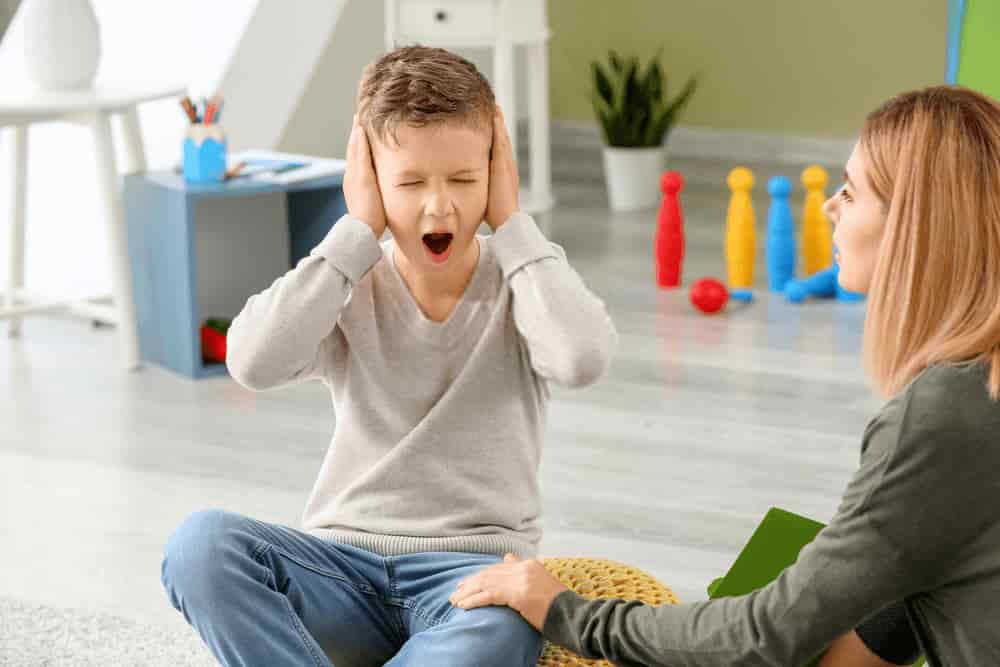
Sensory stimuli can be interpreted in different ways depending on the person experiencing them. Some individuals may find it easier to understand and process information visually than additively. This is perfectly natural and nothing to be concerned about.
A person with Autism Spectrum Disorder (ASD) may find it difficult to separate sounds and recognizes that certain sounds are more meaningful to them in comparison to other people. It can happen that some individuals experience an overreaction to the sound of a doorbell or a loud noise, while others experience an underreaction.
8. Issues With Non-Verbal Communication

Non-verbal communication is an extremely important part of our daily lives. It allows us to set the tone of conversations, provide context for speeches, and help others who are listening to understand what is being said.
The most common sign associated with ASD that shows up in this sub-category is a lack of eye contact. In addition to these two factors, the absence of gestures, especially gestures that communicate non-verbally, may also indicate that a person has difficulty expressing his ideas and feelings during a conversation.
9. Delayed Language

Developmental milestones are important, but they can be difficult to measure accurately. We can’t always remember when our child began to crawl or walk. A child’s developmental milestones are guidelines based on statistics and are not always accurate. Usually, a child will start walking at about 1 year old. For most babies, this is a pretty standard age, so it’s not that uncommon if your little one starts walking sooner or later.
The same holds true for individuals on the autism spectrum. The issue with children with ASD is that they may not be stimulated by typical stimuli. Most children will respond positively to a hug or smile, which would lead them to behave in a manner that is rewarding for more positive reinforcement.
For children with ASD, often struggle to develop speech and language skills because they may not receive the proper reinforcement.
10. Odd Play
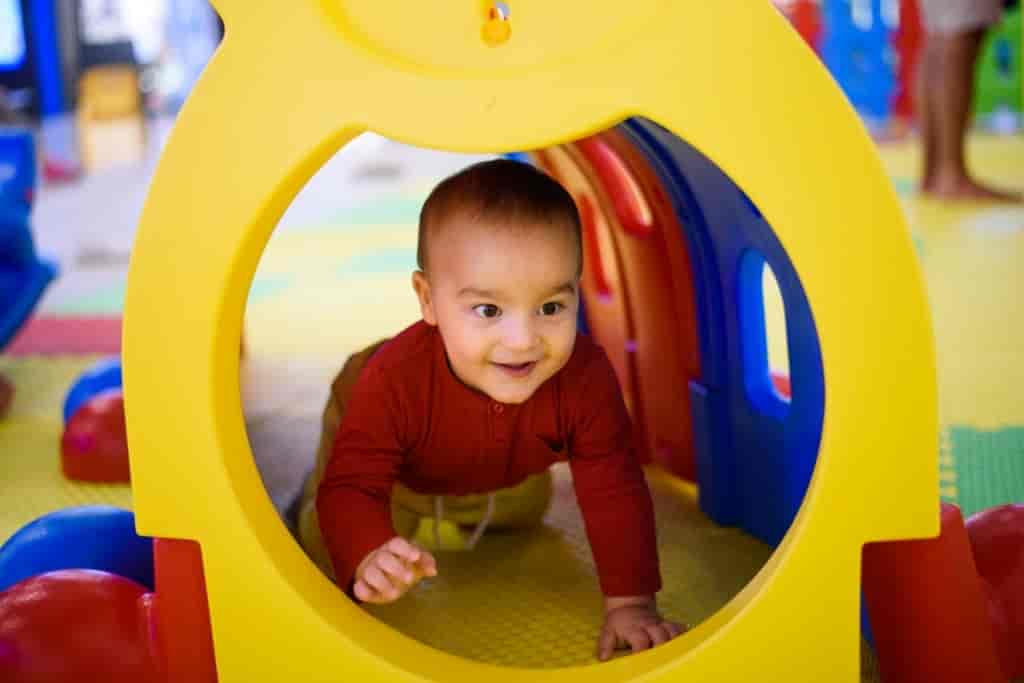
According to the psychology of play, kids will play in a number of different ways throughout their childhoods. From ages 1 to 3, they will most likely have nothing but their own toys, doing things on their own. At age 4, they will begin to join in with other children and start to get involved with the group. At age 5, they will begin to play with others, called “peer-to-peer play”.
Kids with autism spectrum disorder will develop a unique pattern regarding toy play. Some kids will be fascinated with one component of the toy and not interested in playing with it.
[mashshare]
12 Most Common Symptoms of Asperger’s >
